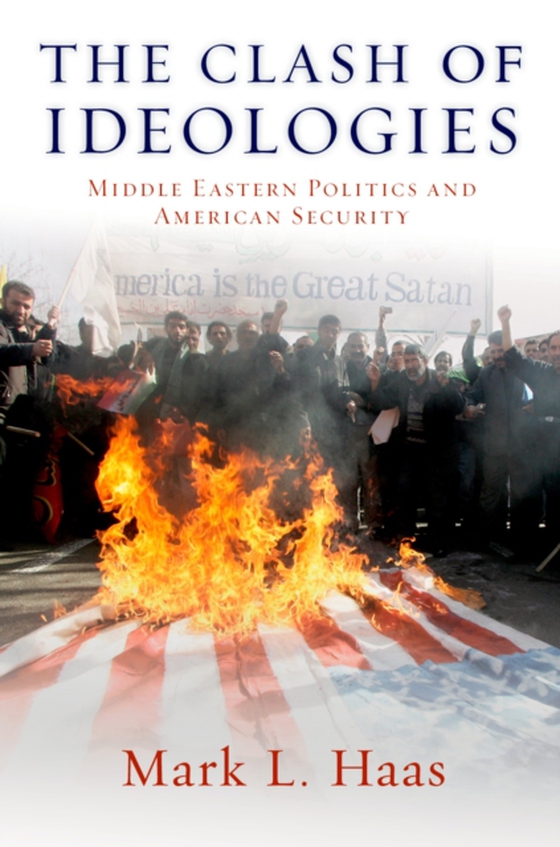
Clash of Ideologies e-bog
253,01 DKK
(inkl. moms 316,26 DKK)
How do ideologies shape international relations in general and Middle Eastern countries' relations with the United States in particular? The Clash of Ideologies by Mark L. Haas explores this critical question. Haas's central claim is that leaders' ideological beliefs are likely to have profound effects on these individuals' perceptions of international threats. These threat perceptions, in t...
E-bog
253,01 DKK
Forlag
Oxford University Press
Udgivet
20 april 2012
Genrer
1FB
Sprog
English
Format
pdf
Beskyttelse
LCP
ISBN
9780199838431
How do ideologies shape international relations in general and Middle Eastern countries' relations with the United States in particular? The Clash of Ideologies by Mark L. Haas explores this critical question. Haas's central claim is that leaders' ideological beliefs are likely to have profound effects on these individuals' perceptions of international threats. These threat perceptions, in turn, shape leaders' core security policies, including choices of allies and enemies and efforts to spread their ideological principles abroad as a key means of advancing their interests. Two variables are particularly important in this process: the degree of ideological differences dividing different groups of decision makers ("e;ideological distance"e;), and the number of prominent ideologies that are present in a particular system ("e;ideological polarity"e;). The argument is tested in four case studies of states' foreign policies, primarily since the end of the Cold War: Iran, Saudi Arabia, Syria, and Turkey. As the argument predicts, ideological differences in these cases were a key cause of international conflict and ideological similarities a source of cooperation. Moreover, different ideological groups in the same country at the same time often possessed very different understandings of their threat environments, and thus very different foreign policy preferences. These are findings that other prominent international relations theories, particularly realism, cannot explain. The purposes of the book go beyond advancing theoretical debates in the international relations literature. It also aims to provide policy guidance on key international security issues. These prescriptions are designed to advance America's interests in the Middle East in particular, namely how U.S. leaders should best respond to the ideological dynamics that exist in the region.
 Dansk
Dansk

